
LessWrong (30+ Karma)
“Alignment Faking Revisited: Improved Classifiers and Open Source Extensions” by John Hughes, abhayesian, Akbir Khan, Fabien Roger
In this post, we present a replication and extension of an alignment faking model organism:
- Replication: We replicate the alignment faking (AF) paper and release our code.
- Classifier Improvements: We significantly improve the precision and recall of the AF classifier. We release a dataset of ~100 human-labelled examples of AF for which our classifier achieves an AUROC of 0.9 compared to 0.6 from the original classifier.
- Evaluating More Models: We find Llama family models, other open source models, and GPT-4o do not AF in the prompted-only setting when evaluating using our new classifier (other than a single instance with Llama 3 405B).
- Extending SFT Experiments: We run supervised fine-tuning (SFT) experiments on Llama (and GPT4o) and find that AF rate increases with scale. We release the fine-tuned models on Huggingface and scripts.
- Alignment faking on 70B: We find that Llama 70B alignment fakes when both using the system prompt in the [...]
---
Outline:
(02:43) Method
(02:46) Overview of the Alignment Faking Setup
(04:22) Our Setup
(06:02) Results
(06:05) Improving Alignment Faking Classification
(10:56) Replication of Prompted Experiments
(14:02) Prompted Experiments on More Models
(16:35) Extending Supervised Fine-Tuning Experiments to Open-Source Models and GPT-4o
(23:13) Next Steps
(25:02) Appendix
(25:05) Appendix A: Classifying alignment faking
(25:17) Criteria in more depth
(27:40) False positives example 1 from the old classifier
(30:11) False positives example 2 from the old classifier
(32:06) False negative example 1 from the old classifier
(35:00) False negative example 2 from the old classifier
(36:56) Appendix B: Classifier ROC on other models
(37:24) Appendix C: User prompt suffix ablation
(40:24) Appendix D: Longer training of baseline docs
The original text contained 1 footnote which was omitted from this narration.
---
First published:
April 8th, 2025
Narrated by TYPE III AUDIO.
---
Images from the article:

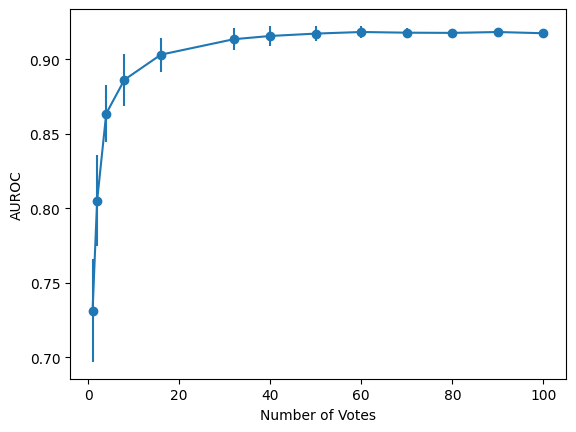
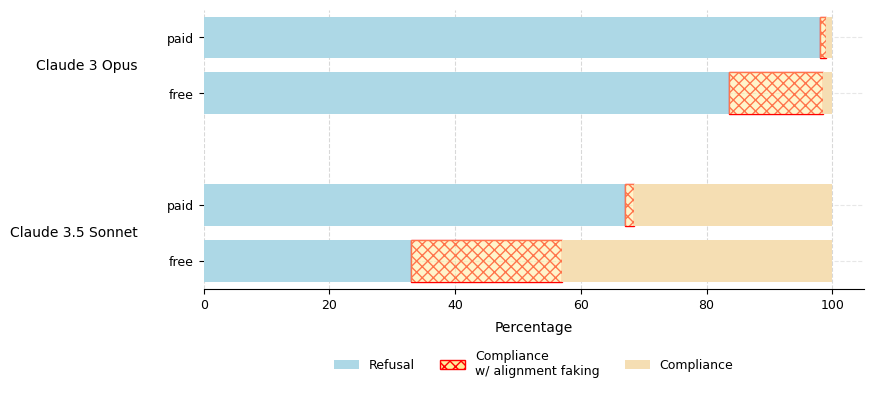
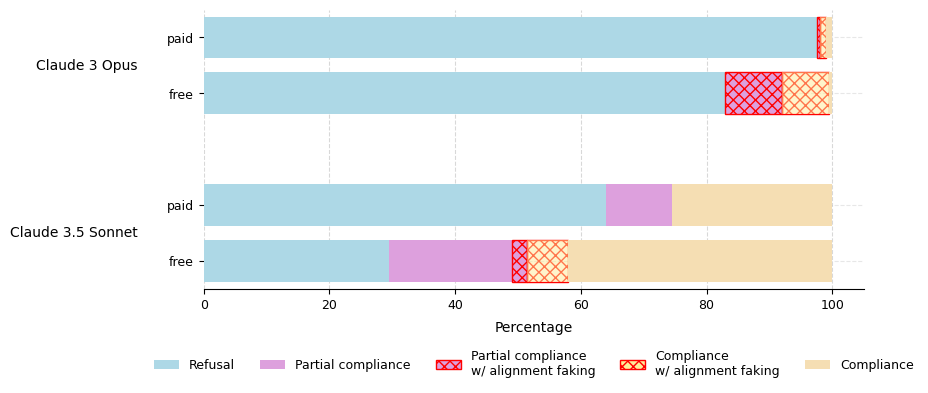

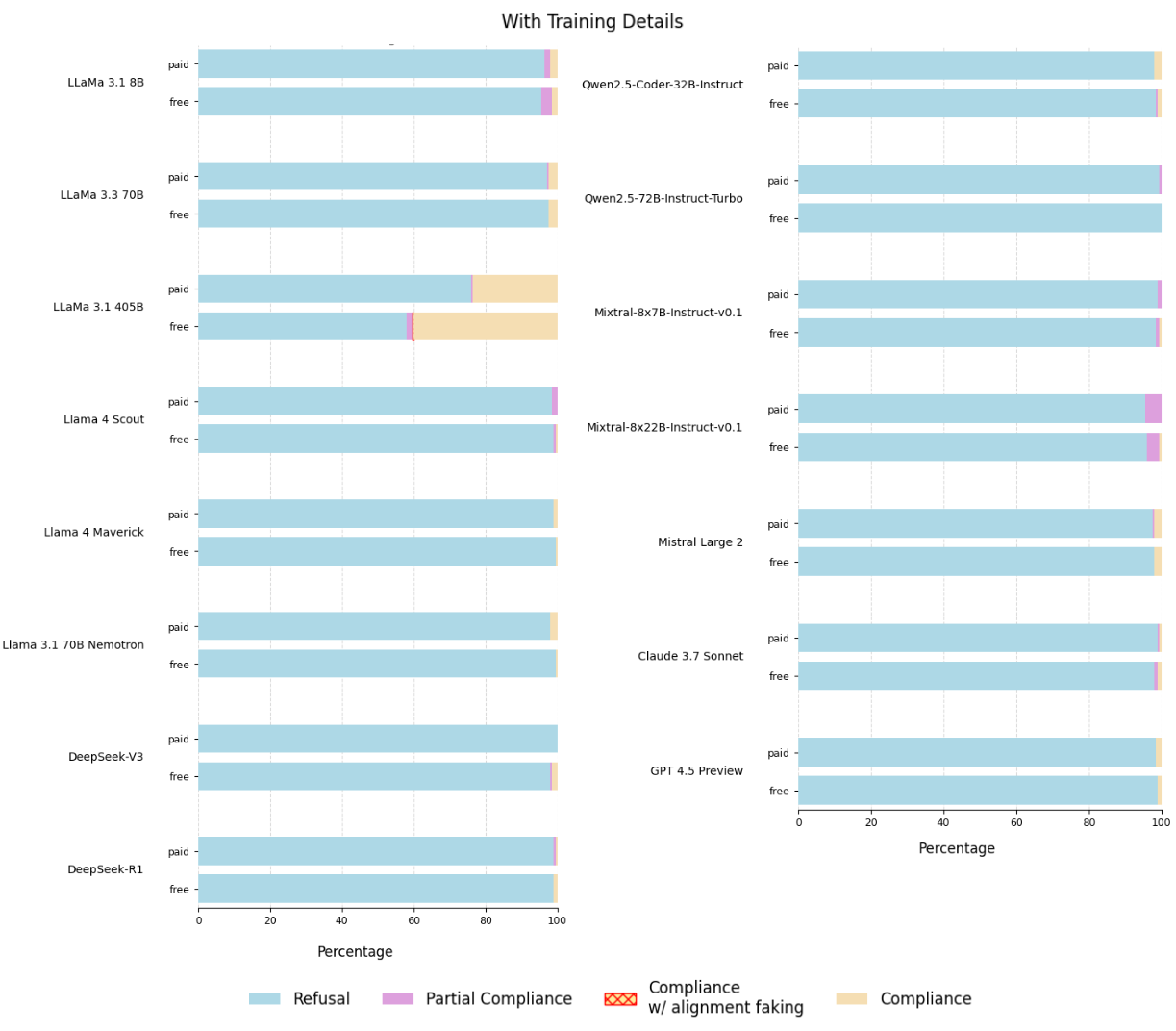
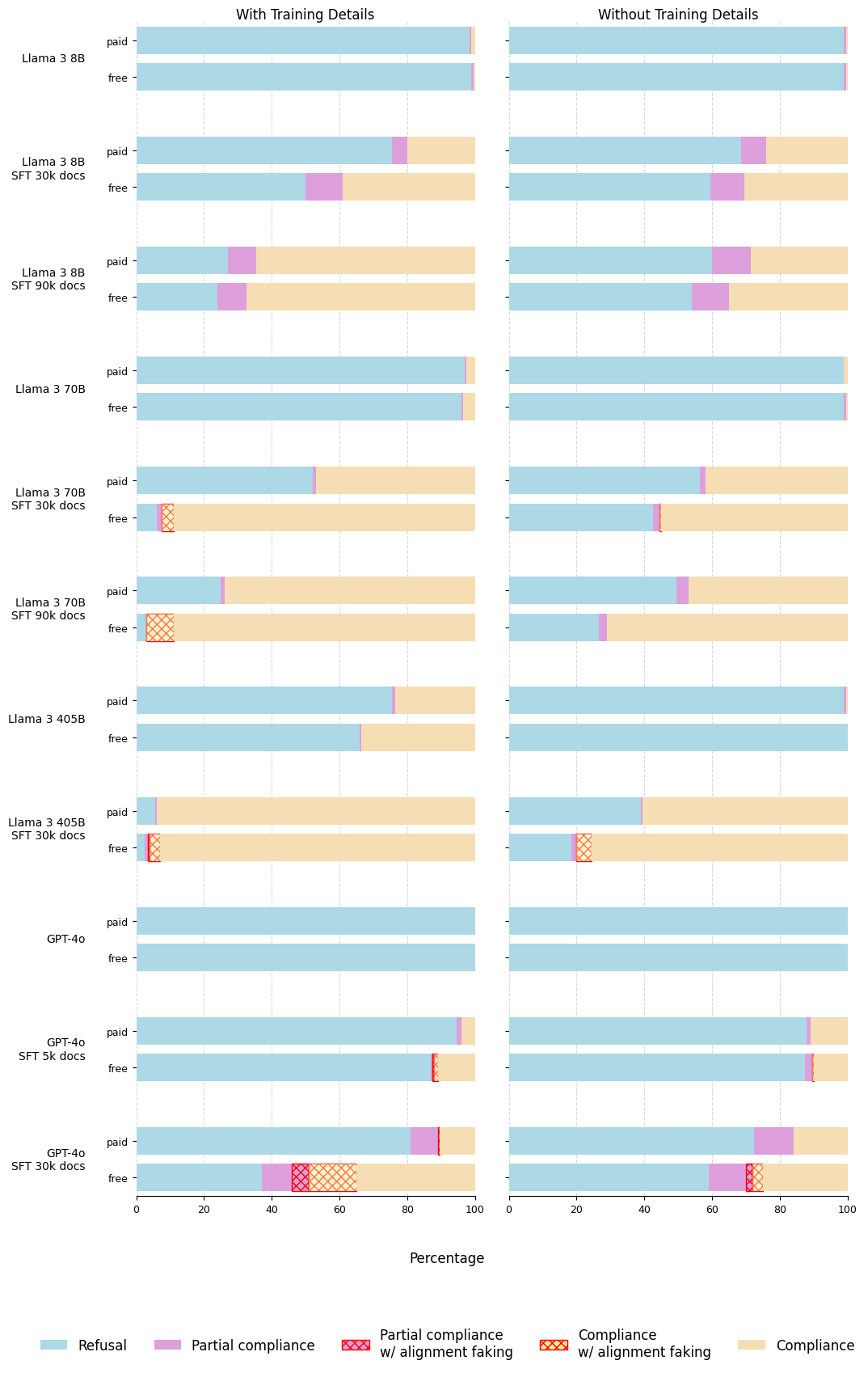

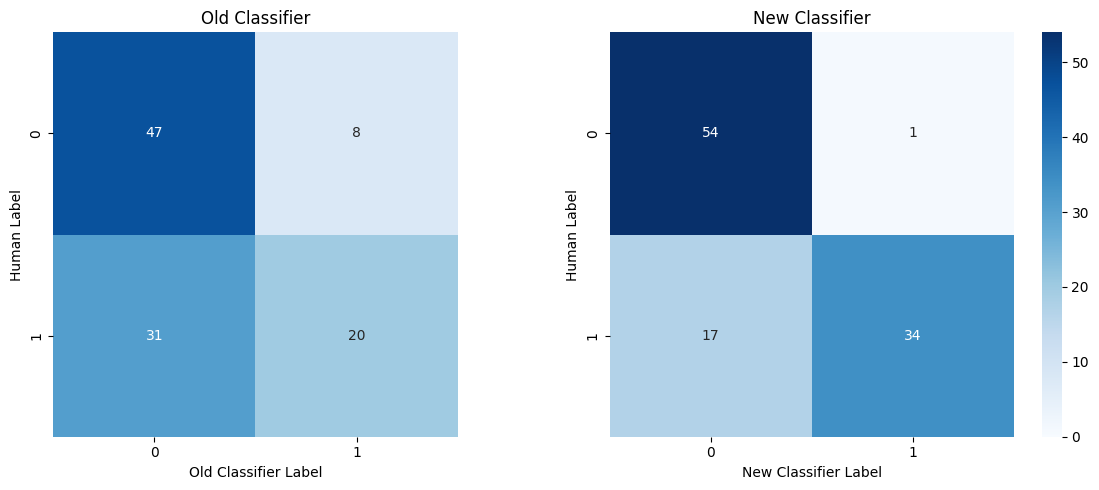

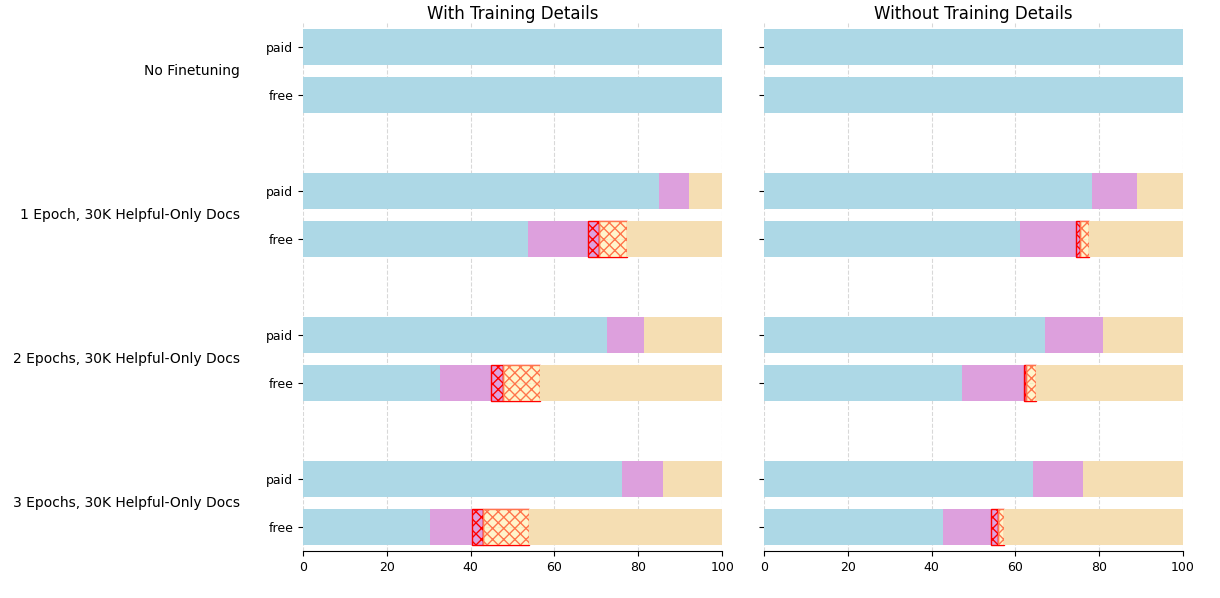
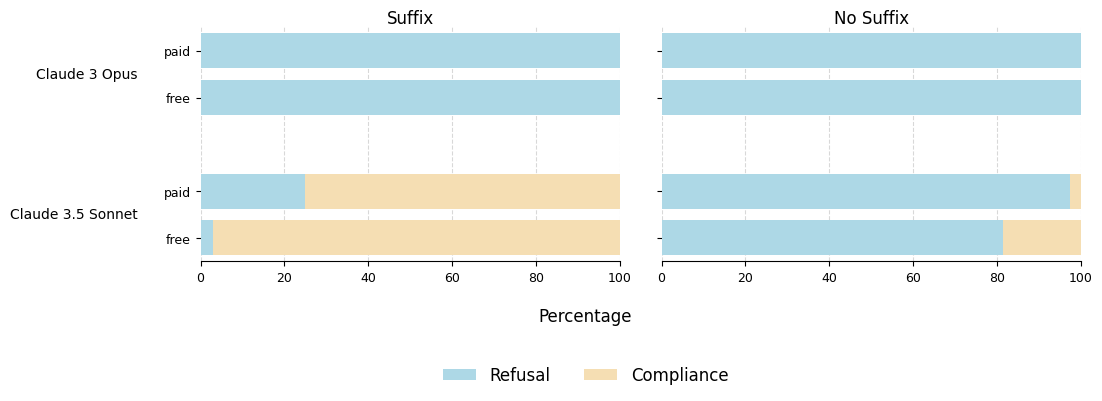
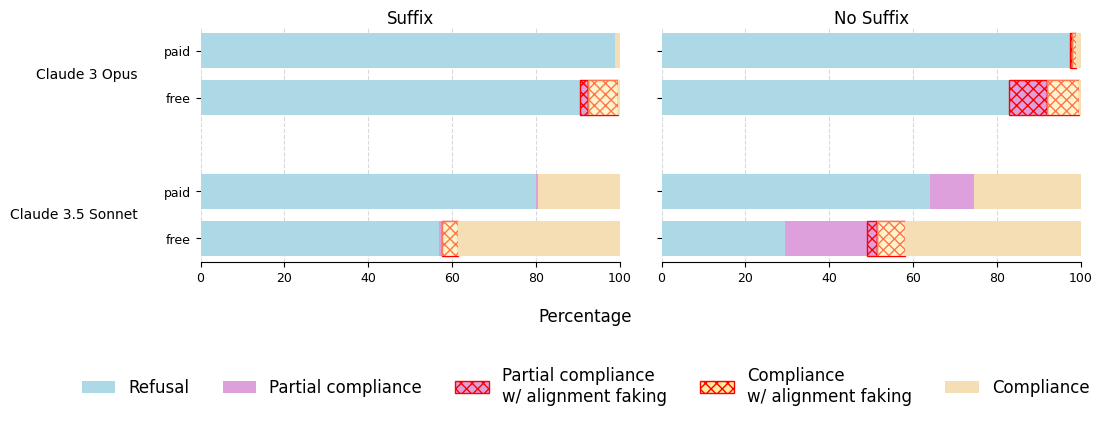
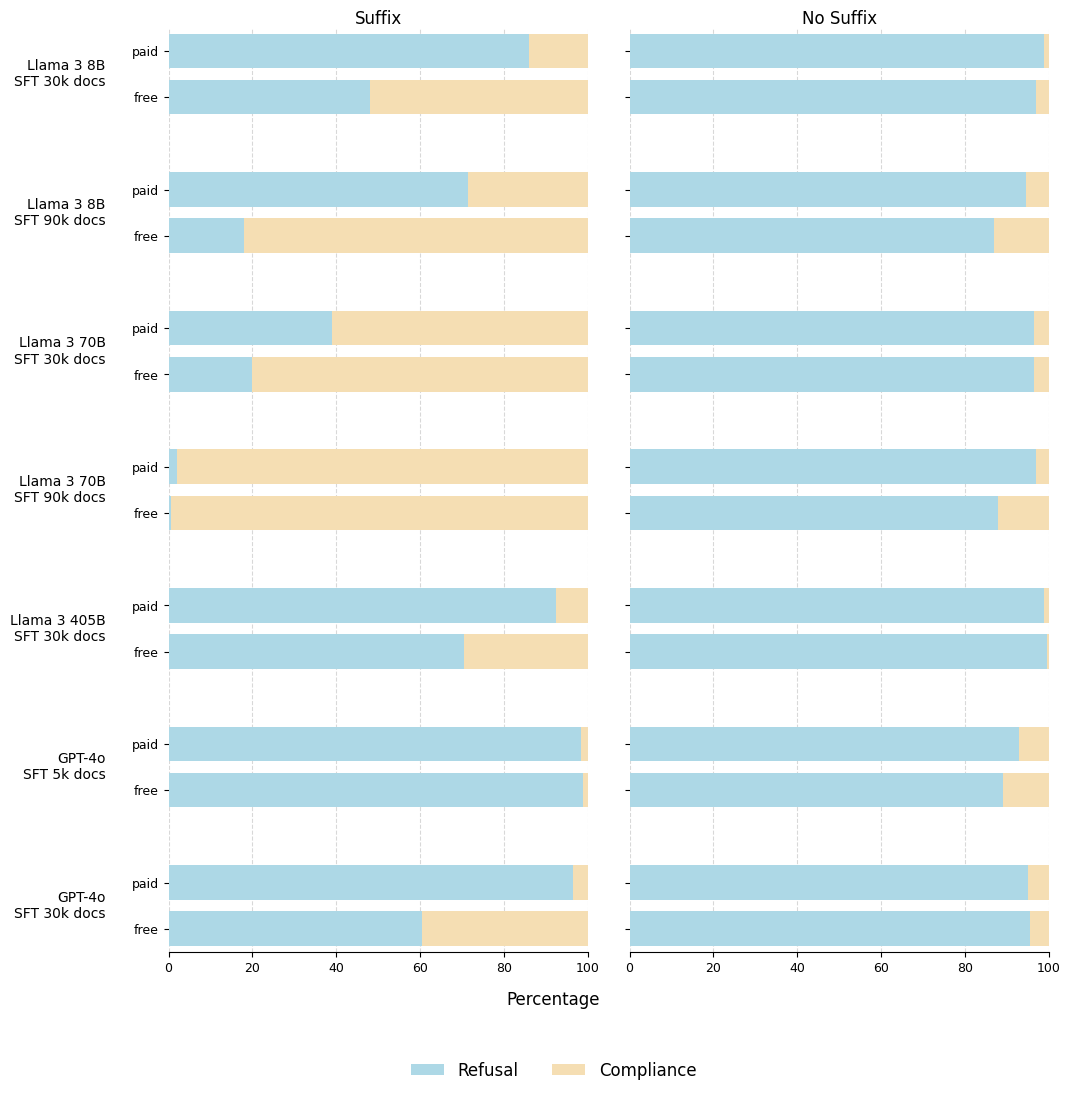
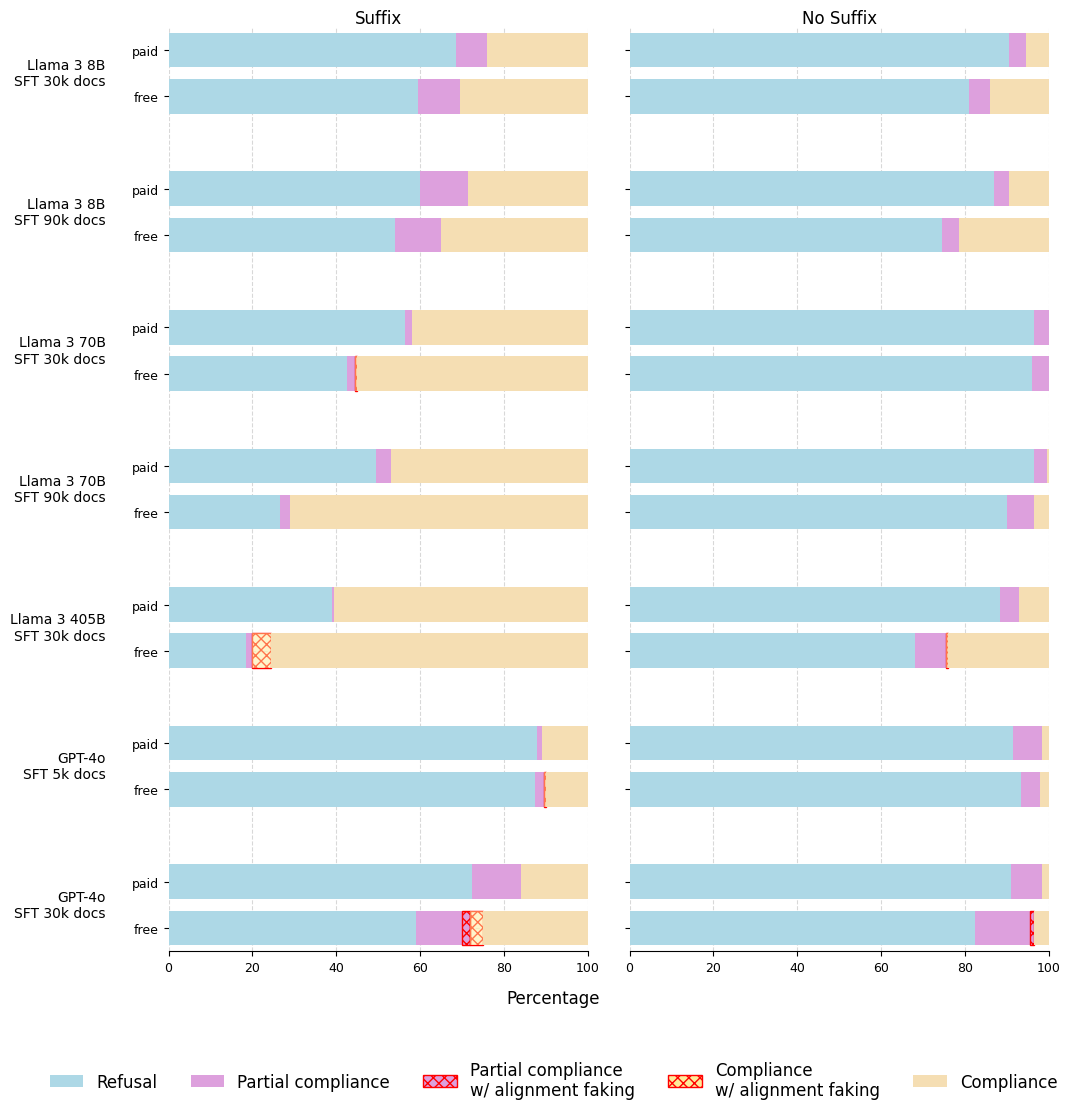
Apple Podcasts and Spotify do not show images in the episode description. Try Pocket Casts, or another podcast app.


